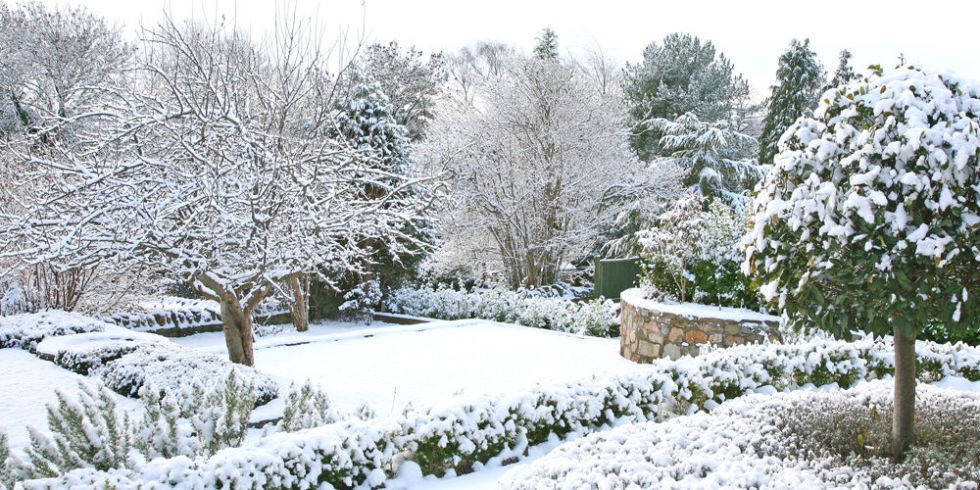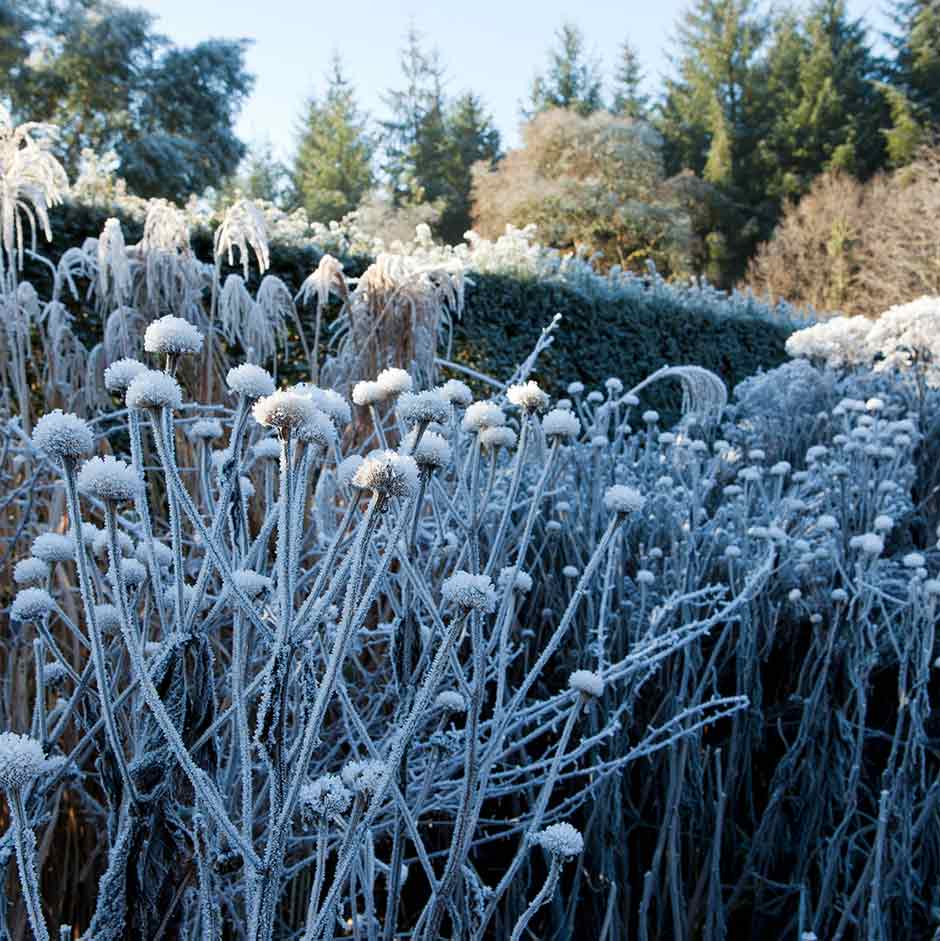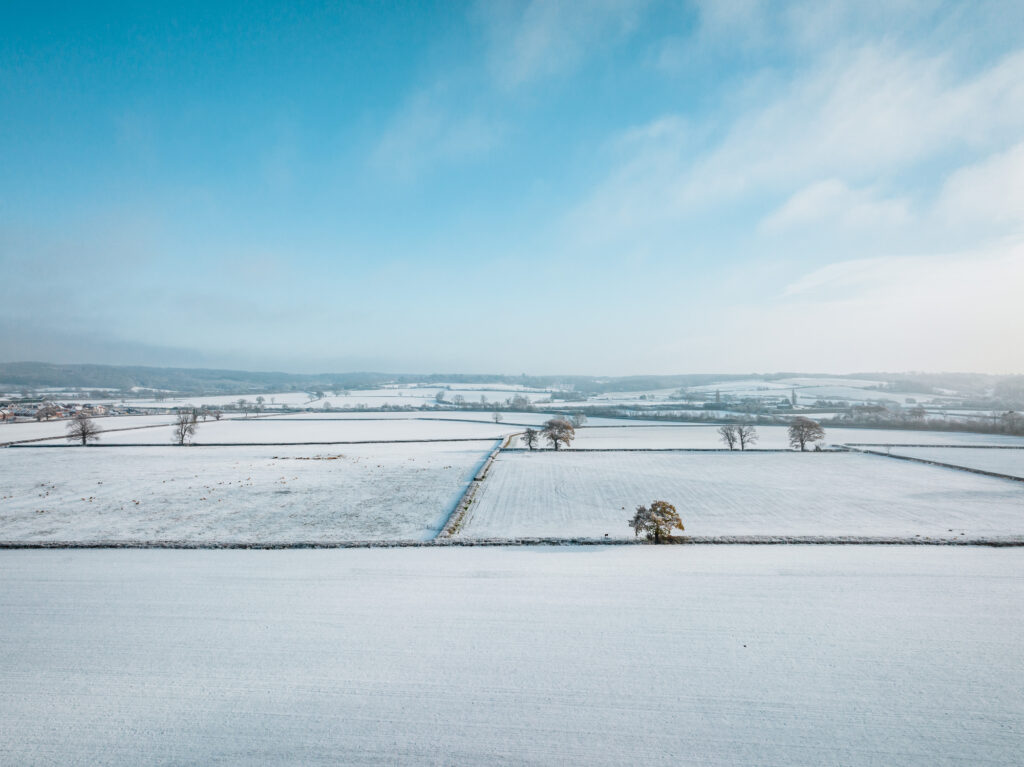As the colder months approach, gardeners face the challenge of protecting their beloved plants and outdoor spaces from the harsh conditions of winter. Preparing your garden for winter is a crucial step that helps ensure its health and vitality come spring. This comprehensive guide will walk you through the essential steps to winter-proof your garden and maintain its beauty and productivity.

Winter can be tough on plants, soil, and garden structures. Frost, snow, and heavy rain can damage delicate plants, wash away nutrients, and leave your garden in disarray. Proper preparation not only protects your garden from these threats but also saves you time and effort when the growing season returns. Additionally, winter-proofing your garden helps deter pests and diseases that may linger in debris or unprotected areas.
The first step in preparing for winter is understanding which plants require the most care. Tender perennials, such as fuchsias and geraniums, and exotic plants that are not frost-tolerant are at risk. Young trees with fragile roots and container plants exposed to the elements also need extra attention.

Healthy soil is the foundation of any thriving garden. Use a soil testing kit to check pH levels and nutrient content. If the soil is compacted or depleted, it’s the perfect time to make amendments before the ground freezes.

image courtsey of https://nutrinorm.co.uk/
Clear out spent annuals, diseased plants, and fallen leaves. These can harbour pests, fungi, and diseases that may persist through winter and harm your garden in spring. Dispose of any diseased plant material, as it should not be added to your compost heap.
Healthy plant material can be composted to create nutrient-rich humus. Chop up larger materials and layer them with green waste (such as vegetable scraps) to accelerate decomposition. Keep the compost heap covered during winter to retain warmth and moisture.
After evaluating the soil, enrich it with organic matter such as well-rotted manure or compost. This improves drainage, adds nutrients, and promotes a healthy microbial ecosystem.
Mulching is one of the most effective ways to protect your garden during winter. Spread a thick layer of mulch, such as bark chips or straw, around the base of plants. Mulch acts as an insulator, regulating soil temperature and preventing erosion caused by heavy rain or melting snow.
Prune back dead or damaged branches from shrubs and trees to prevent breakage during storms. However, avoid pruning spring-flowering plants such as hydrangeas, as this can reduce their blooms next year.
Tender perennials and shrubs can be protected with horticultural fleece, burlap wraps, or cloches. Potted perennials should be moved to sheltered areas, such as against a wall, or brought indoors to protect their roots from freezing.
Winter preparation isn’t just for plants; your lawn also benefits from some care. Aerate the lawn using a garden fork or aerator to improve drainage and prevent waterlogging. Bare patches can be reseeded to ensure an even, healthy lawn come spring.
Apply a slow-release fertiliser designed for winter use. This strengthens grass roots and provides essential nutrients to help your lawn withstand cold temperatures.
Garden tools and equipment should not be left exposed to the elements. Clean and oil tools before storing them in a dry, covered area to prevent rust. Drain garden hoses and store them indoors, as water left inside can freeze and cause damage.
Greenhouses are a safe haven for plants during winter, but they must be clean and pest-free. Wash the interior and exterior of your greenhouse with a disinfectant to remove dirt, mould, and insects. Check for cracks or leaks and ensure proper insulation and ventilation.
Inspect fences, trellises, and other structures for damage. Reinforce weak areas and replace rotting wood to prevent further deterioration during winter storms.
Winter can be harsh for garden wildlife. Install bird feeders with seeds and suet to support local bird populations. Provide fresh water daily, as water sources can freeze over during cold spells.
Hedgehogs, frogs, and other small animals play a vital role in your garden’s ecosystem. Leave piles of logs, stones, or leaves in a quiet corner to create a safe shelter for these creatures.
Houseplants require attention during winter as indoor heating can create a dry atmosphere. Keep plants away from radiators and draughty windows. Reduce watering as most indoor plants grow more slowly during winter, and wipe leaves to remove dust for optimal light absorption.
Winter is an excellent time to plan next year’s garden. Use this downtime to order seeds, research new plants, and design your garden layout. This forward planning ensures a smooth transition into the growing season.
Preparing your garden for the winter season is an essential task that pays off in the long run. By following these steps, you can protect your plants, maintain soil health, and ensure that your garden is ready to bloom once the warmth of spring returns. A little effort now can save you from costly repairs and replanting later.
1. When should I start preparing my garden for winter?
Begin preparations in late autumn, before the first frost hits.
2. What are the most important tasks for winter garden preparation?
Clearing debris, mulching, pruning, and protecting vulnerable plants are the key tasks.
3. Can I still compost during winter?
Yes, composting continues during winter, though decomposition may slow due to lower temperatures.
4. How do I protect potted plants from frost?
Move them to a sheltered location or insulate pots with bubble wrap or hessian sacks.
5. Should I fertilise plants in winter?
Most plants don’t require fertiliser during dormancy, but lawns may benefit from a winter-specific formula.
6. How can I help garden wildlife during winter?
Provide food, water, and shelter to support birds and small animals during the colder months.
Exe-spand are specialists in all aspects of general building and property maintenance related works, for both private and commercial clients in Exeter, East Devon, Torbay and Somerset.
Phone: 01392 920142
Email: info@exespand.co.uk
Unit 1, Rosamond Farm, Exeter EX5 2JG, United Kingdom
Mon 9:00am – 5:00pm
Tue 9:00am – 5:00pm
Wed 9:00am – 5:00pm
Thr 9:00am – 5:00pm
Fri 9:00am- 5:00pm
Sat Closed
Sun Closed
Exespand are specialists in all aspects of general building and property maintenance related works, for both private and commercial clients in Exeter, East Devon, Torbay and Somerset.
Phone: 01392 920142
Email: info@exespand.co.uk
Unit 1, Rosamond Farm, Exeter EX5 2JG, United Kingdom
Mon 9:00am – 5:00pm
Tue 9:00am – 5:00pm
Wed 9:00am – 5:00pm
Thr 9:00am – 5:00pm
Fri 9:00am- 5:00pm
Sat Closed
Sun Closed